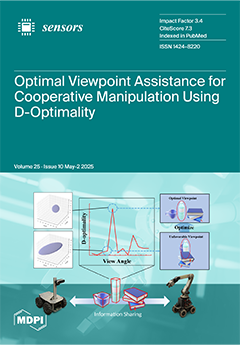Background: Robotic surgical systems offer enhanced precision, motion scaling, tremor filtration, and visualization, making them highly suitable for the complex anatomical demands of plastic and reconstructive surgery. While widely implemented in other specialties, their integration in plastic surgery remains limited. This systematic
[...] Read more.
Background: Robotic surgical systems offer enhanced precision, motion scaling, tremor filtration, and visualization, making them highly suitable for the complex anatomical demands of plastic and reconstructive surgery. While widely implemented in other specialties, their integration in plastic surgery remains limited. This systematic review evaluates the clinical applications, outcomes, and limitations of robotic-assisted techniques in plastic and reconstructive procedures.
Methods: Following PRISMA guidelines, a systematic search was conducted across PubMed, Embase, Scopus, and Web of Science for studies published between January 1980 and March 2025. Clinical studies reporting robotic applications in plastic surgery were included, while cadaveric, animal, and non-English studies were excluded. Data extraction and quality assessment were performed using Covidence and validated tools including the CARE checklist, NOS, GRADE, and SYRCLE. A total of 1428 studies were screened, and 31 met the inclusion criteria.
Results: Robotic systems were primarily applied in microsurgery (
n = 16), breast reconstruction (
n = 8), and craniofacial/aesthetic surgery (
n = 7). Common platforms included the Symani Surgical System, Da Vinci systems, and ARTAS. Robotic-assisted approaches improved precision, aesthetic outcomes, flap survival, and patient satisfaction, particularly in procedures involving lymphaticovenous anastomosis and nipple-sparing mastectomy. However, challenges included steep learning curves, longer operative times, high equipment costs, and the lack of haptic feedback. Quality assessment rated all studies as moderate.
Conclusions: Robotic-assisted surgery demonstrates considerable potential in enhancing plastic and reconstructive outcomes. As systems become more compact, cost-effective, and integrated with AI and biomimetic technologies, their broader adoption is anticipated. Further high-quality studies are needed to optimize these systems and support widespread clinical implementation.
Full article






